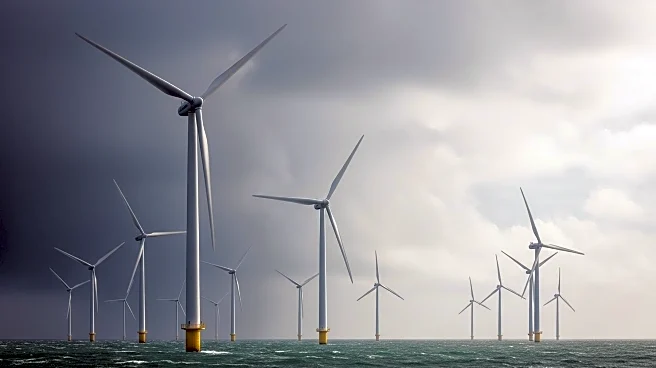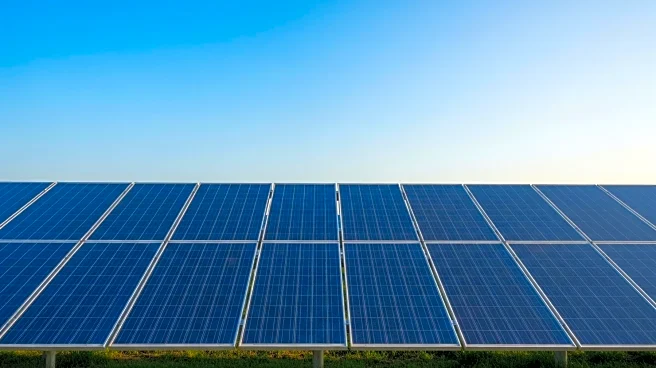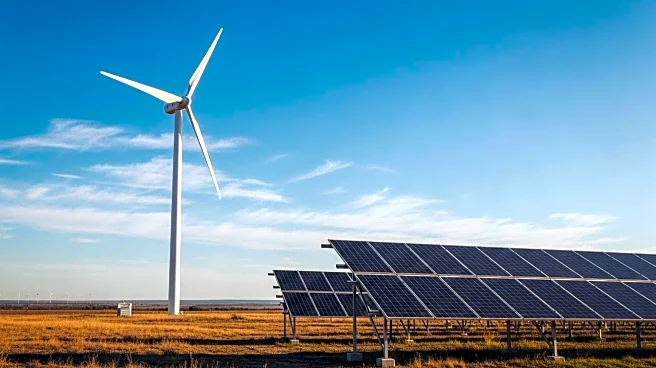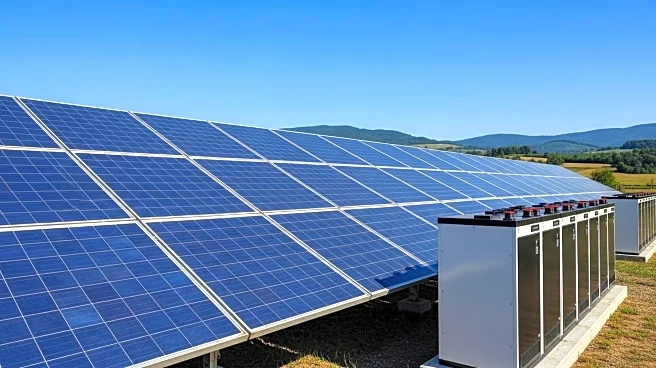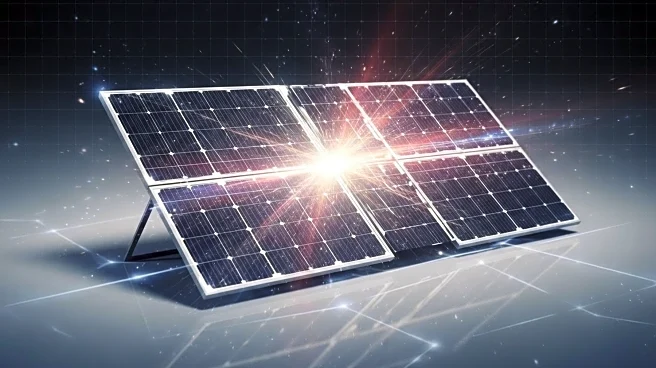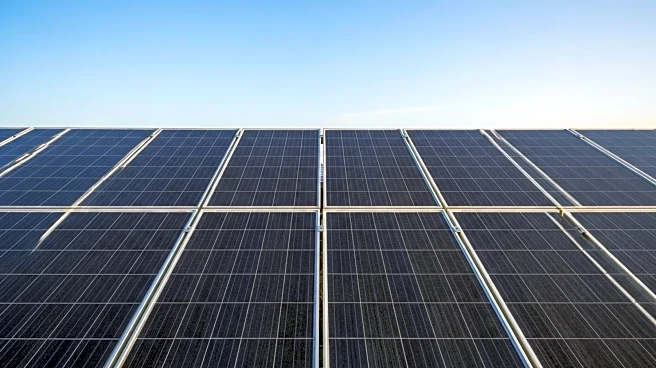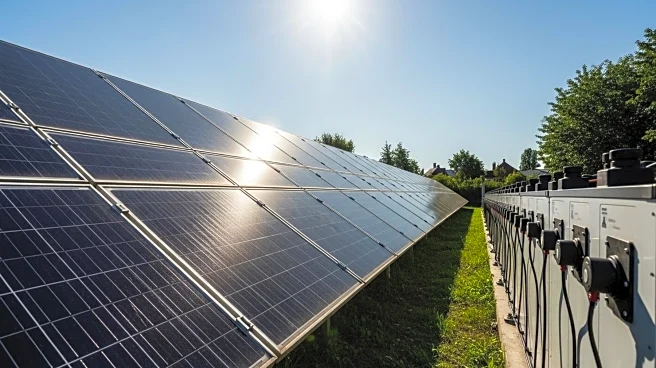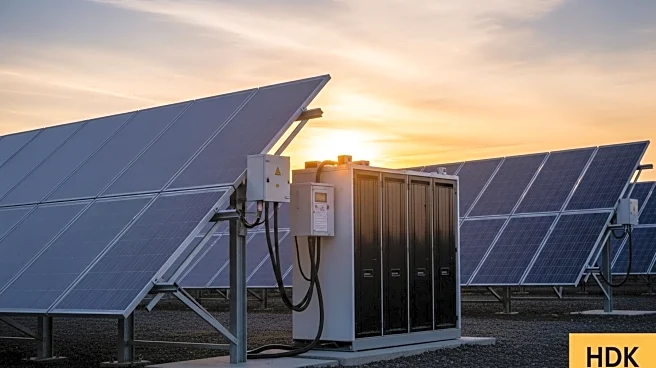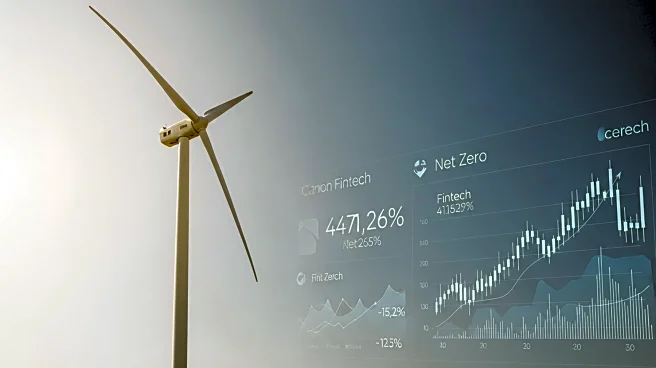What is the story about?
What's Happening?
Georgia Power has announced a significant expansion of its renewable energy portfolio, aiming to add 4,000 MW of renewable resources by 2035. This initiative is part of the company's 2025 Integrated Resource Plan (IRP), approved by the Georgia Public Service Commission. The plan includes solar, wind, and biomass energy, alongside extending the operational life of nuclear units at Plants Hatch and Vogtle. The company plans to prioritize 1,100 MW of new renewable capacity through competitive procurements, with solar energy expected to dominate due to its cost-effectiveness. Additionally, Georgia Power targets 1,500 MW of battery storage to enhance grid resilience. The Inflation Reduction Act's incentives are expected to reduce transition costs, enabling cost-effective solar expansion and demand-side efficiency programs.
Why It's Important?
Georgia Power's renewable expansion aligns with broader industry trends and regulatory expectations, positioning the company as a leader in the Southeast's energy transition. The integration of Environmental, Social, and Governance (ESG) metrics into its strategy enhances its appeal to impact-focused investors. The company's commitment to reducing carbon emissions and achieving net-zero emissions by 2050 reflects its dedication to sustainability. This strategic pivot offers a compelling case for sustained growth, supported by regulatory tailwinds and market dynamics. The expansion is expected to contribute to grid reliability and decarbonization goals, benefiting both the environment and the economy.
What's Next?
Georgia Power's renewable investments are underpinned by a financially disciplined approach, balancing capital expenditures with ratepayer affordability. The company plans to modernize existing hydroelectric facilities and procure renewable resources through competitive bidding to ensure optimal pricing. As the Southeast continues to see sustained investment in solar and wind, Georgia Power's early-mover advantage in storage and grid modernization could translate into long-term margin protection and customer retention. The company's focus on utility-scale solar positions it to capitalize on the Southeast's abundant sunlight and growing corporate demand for clean energy.
AI Generated Content
Do you find this article useful?


